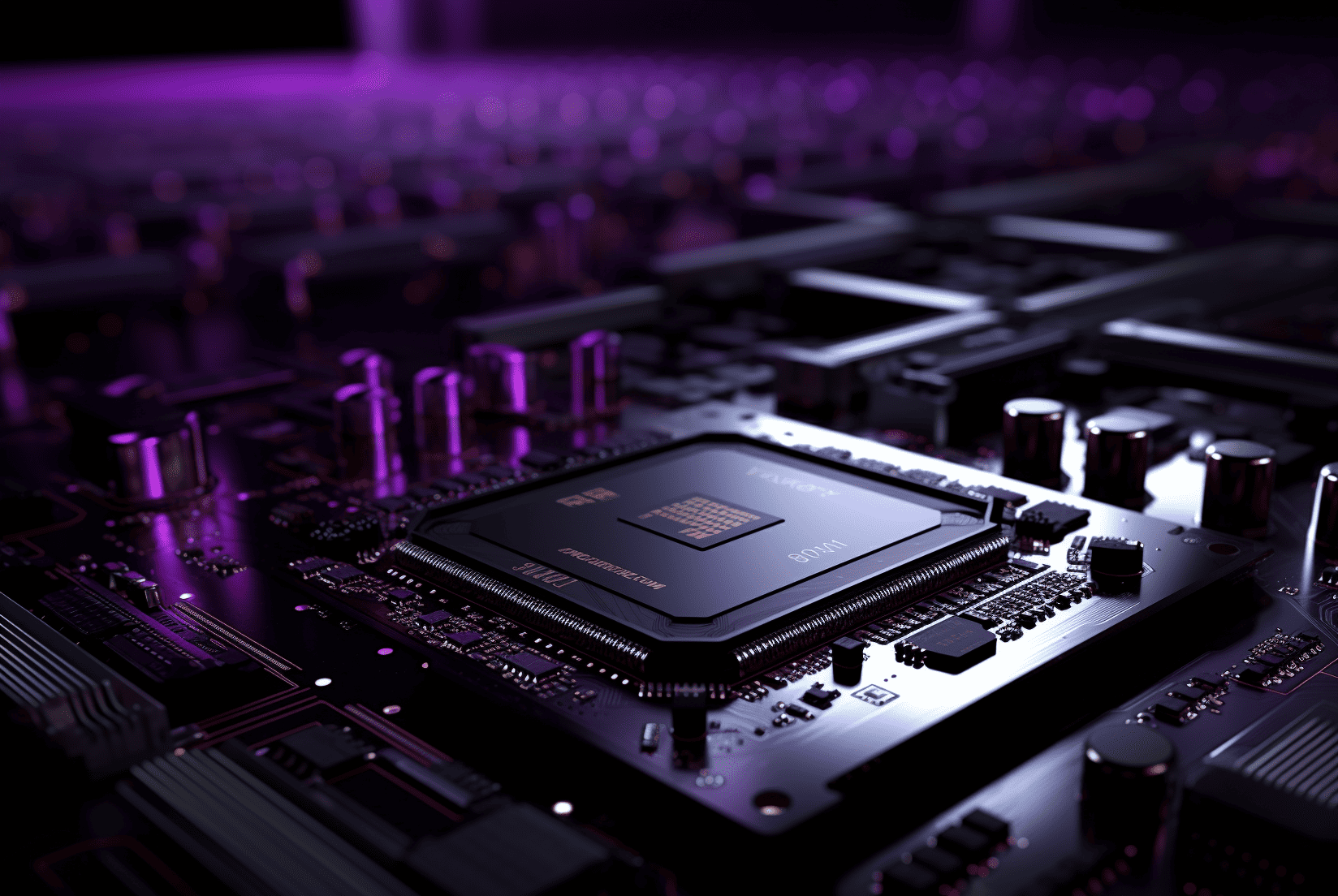
Artificial intelligence (AI) is increasingly being used for everyday purposes. However, traditional AI models still require a lot of energy and processing power. Recently Federico Corradi, Senior Neuromorphic Researcher at the imec research center together with researchers at the Dutch Centrum Wiskunde & Informatica (CWI) made a breakthrough in this area. The team is developing special chips that mimic the way the brain works and which are up to a thousand times more efficient than today’s AI networks. “They are ideal for applications in healthcare, in smartphones and in drones,” says Corradi.
The human brain – it is a highly efficient system that can process a massive amount of information in real time. Imec Holst Centre, an independent research center in the field of microelectronics, is now working on a chip that makes good use of the way the brain works. The microchips accurately mimic how neurons in the brain work together, exchange information, make predictions and recognize patterns. These new neural networks are referred to as ‘spiking‘ and represent the most bio-inspired (‘third’) generation of artificial neural networks. The use of the chip offers a host of advantages: It consumes 100 times less energy than traditional uses, which means that batteries last a long time, and work without any latency, allowing for almost instantaneous decision-making.
Mathematical breakthrough
In conjunction with colleagues at CWI, Corradi came up with a mathematical breakthrough that ensured that the technique could gain momentum. The research into the new technique is taking place in the Dutch city of Eindhoven. “The spiking neural network technique has been around for a long time, but we have found a way to train the network in an efficient and accurate way,” Corradi explains. “We thereby make use of training by example. This lets the AI learn by example, by seeing gestures, speech or radar images.” The new development lies not so much in the software, but in the chips used to control the AI. “It’s about the physical calculations inside the chip: these are based on how neurons in the brain interact with each other.”
Such chips are now at the dawn of numerous practical, everyday applications. The world has been waiting for a breakthrough like this for some time. After all, the sheer volume of data used by current AI networks has major implications on all kinds of levels. ” First of all, it costs tens of millions of dollars to train such a network. That’s a huge obstacle for the business world. Besides that, the large amount of processing power the network needs has a major impact on the environment. We are trying to put intelligence inside the chip itself and by doing that, these problems are solved.”

Heart rhythm detection
One of the applications for the chips can be found in the medical field. “We can use the chips to detect abnormalities in the heart rhythm,” Corradi says. ” In this regard, you need to imagine a chip inserted into a small device inside the body, near the heart. In such a case, of course, you want the device’s battery to last as long as possible. So our energy-efficient chip is extremely suitable for that.” In addition, the privacy of patients is also guaranteed when the new chips are put into use. “It is not necessary to connect the chip to the cloud in order for it to work properly. The data is processed locally, inside the chip itself.”
It will be a while before the application is rolled out in hospitals, “but we have already tested the chip’s performance using a realistic dataset. There is still a lot of research to be done, but the application seems very promising so far.”
Autonomous drones
The new chip could also eventually be used to operate drones and other robots. “A drone must be able to react quickly to its surroundings. Humans are very good at this and we see that spiking neural networks come in handy in autonomous drones. Computations are made at lightning speed locally on a chip level that allows the drone to quickly make decisions.” The AI network is also capable of connecting different kinds of signals, or modalities. “A drone needs to make use of all kinds of information: sound and radar images, for instance. The chip can bundle all this information into a coherent whole. In addition to these advantages is the fact that drones equipped with the chips can fly for a long time without draining the battery. That’s ideal.”
Also read: Bio-chip from Dutch R&D hub imec measures inflammation in the body
The workings of the brain
It is not just robots and devices that stand to benefit from the chips. Because they mimic the workings of the brain, application of the chips provides us with the opportunity to learn about ourselves. “How do different parts of our brain work cooperatively while processing information? Where exactly does that processing happen? There is still a lot to learn about this, and by mimicking the way the brain works, we are constantly learning more and more.”
Interest from the tech world
Over the next few years, Corradi predicts that consumers will start to see more and more uses for the efficient AI system. “We want a smartphone to be capable of more than it is today. The voice recognition system, such as Siri, must be able to work smarter, and in time, we will also want to use gesture recognition. Many tech companies are already interested in technologies based on the workings of the brain. Consider, just like research institutes around the world. I think the market is slowly starting to realize that we need to move to an AI model that has more potential than the current one.”







